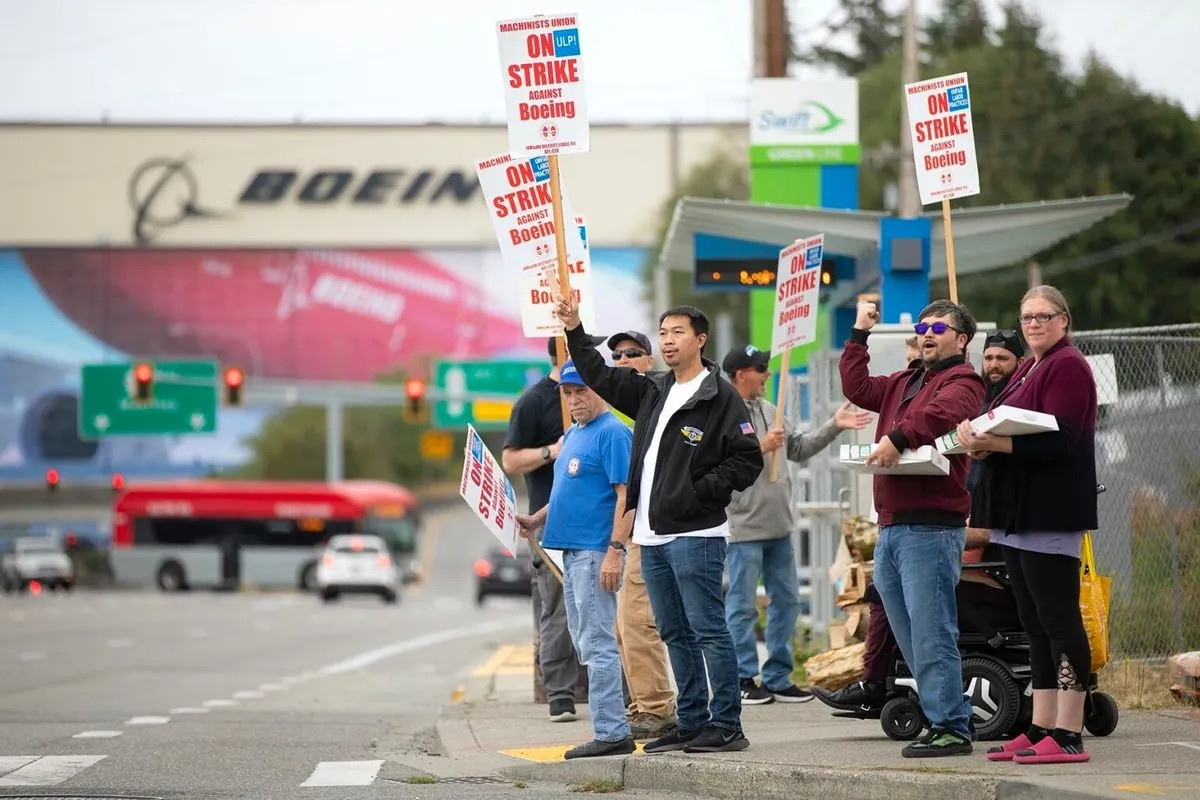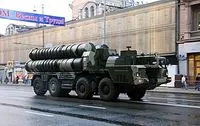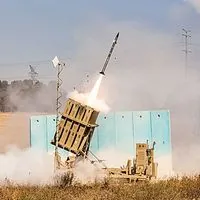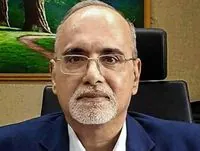AI's Energy Appetite Sparks Nuclear Power Revival Debate
Surging AI demands prompt nuclear plant reopenings, igniting discussions on energy future. Economic hurdles and safety concerns challenge nuclear's comeback against renewables in the race to meet growing power needs.
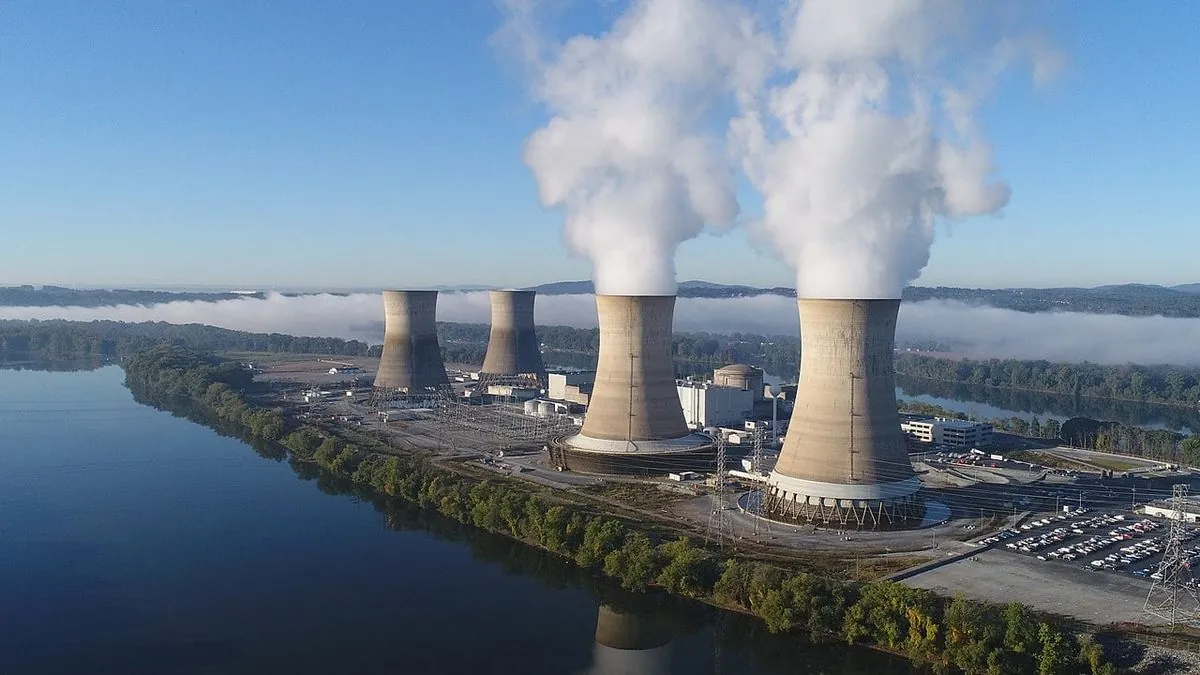
The rapid advancement of artificial intelligence (AI) is reshaping the energy landscape, prompting a reevaluation of nuclear power's role in meeting escalating electricity demands. The United States has recently approved the reopening of a dormant reactor at Three Mile Island, Pennsylvania, following plans to restart another in Michigan next year. These developments have sparked discussions about a potential resurgence of nuclear energy, despite significant economic and logistical challenges.
The U.S. Department of Energy projects a 20% increase in electricity consumption over the next decade, a stark contrast to the stagnation observed in the previous 20 years. This surge is attributed to the expanding data centers required for AI operations and the ongoing electrification of various sectors. Sam Altman, co-founder of OpenAI, has proposed constructing massive data centers that would each consume 5 gigawatts of power, equivalent to the output of six nuclear reactors.
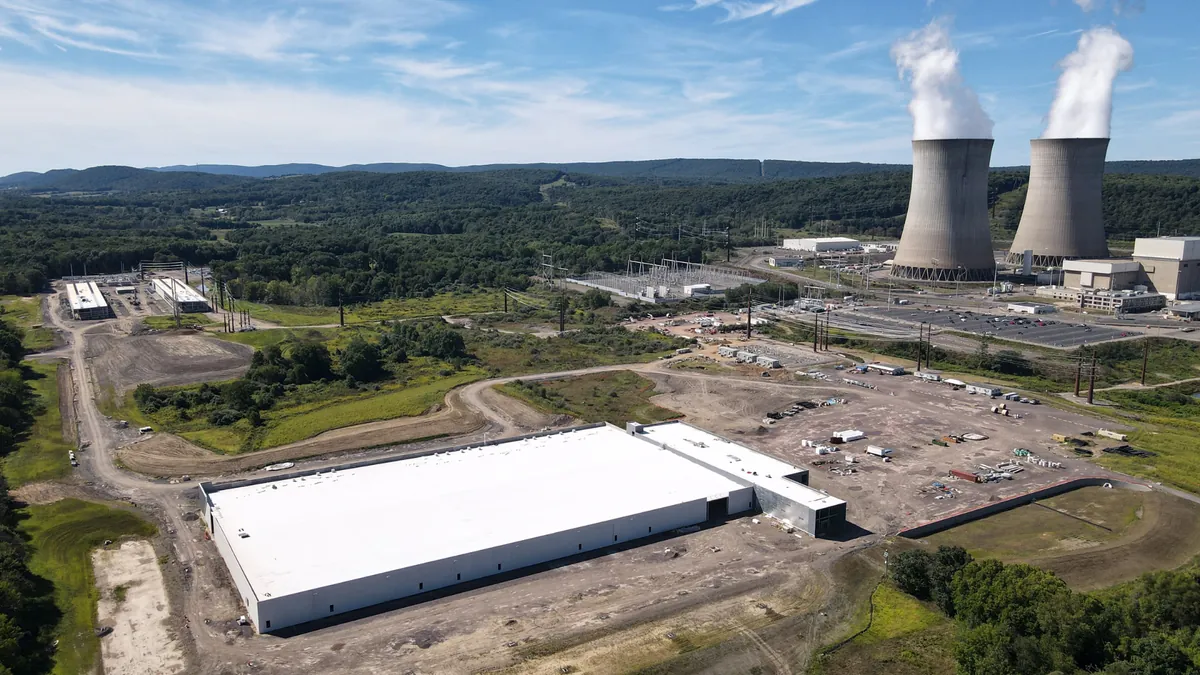
To put this in perspective, the United States currently has about 1,200 GW of utility-scale electricity generation capacity. Meeting the growing demand for round-the-clock, environmentally friendly power poses significant challenges. While renewable sources like solar and wind are popular, their intermittent nature and land requirements make them less suitable for constant, high-demand applications.
Jensen Huang, CEO of NVIDIA, recently stated that nuclear power is essential for winning the AI race. This assertion highlights the growing recognition of nuclear energy's potential in supporting advanced technologies. However, the nuclear industry faces numerous obstacles, including public perception issues, safety concerns, and economic challenges.
"It's impossible to win the AI race without nuclear power."
Nuclear power has not seen growth in electricity production since 2006, largely due to concerns over waste management, potential accidents, and the high costs associated with plant construction. The Vogtle reactors in Georgia, the most recent additions to the U.S. nuclear fleet, took approximately 15 years to build and cost nearly double their initial $14 billion estimate.
Despite these challenges, restarting dormant nuclear plants appears economically viable. Constellation Energy estimates the cost of reactivating the Three Mile Island facility at $1.6 billion, with potential annual tax credits of around $100 million. Microsoft has agreed to purchase the plant's output at a rate between $110 and $115 per megawatt-hour, potentially yielding a significant return on investment.
For nuclear power to make a substantial comeback, several factors need to align. These include long-term power demand assurances, reasonable financing terms, and increased public support. Recent developments, such as Microsoft's power purchase agreement and a $1.5 billion Department of Energy loan for the Michigan reactor, show promising signs of progress.
Standardization of reactor designs could significantly reduce construction costs and timelines. While small modular reactors are being explored, focusing on established, larger designs may be more practical in the near term. Government intervention to facilitate consensus on standardization could be beneficial but may face political challenges in the United States.
As the world grapples with the dual challenges of meeting growing energy demands and combating climate change, nuclear power's role in the energy mix remains a topic of intense debate. The industry's ability to overcome economic hurdles, address safety concerns, and gain public trust will be crucial in determining its future in the era of AI and beyond.







